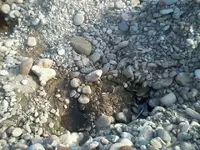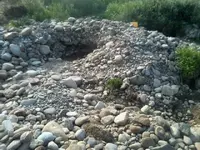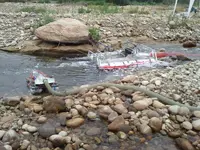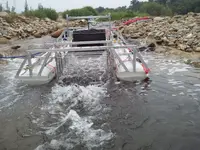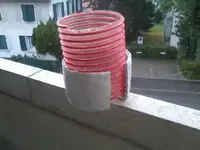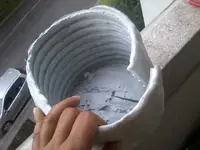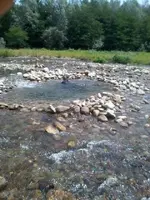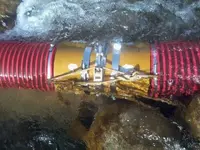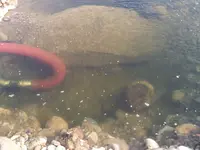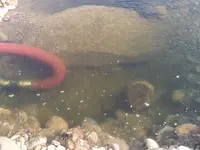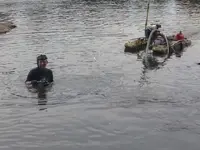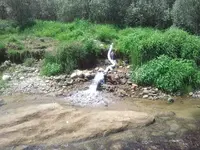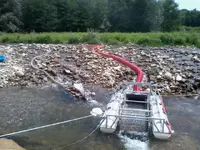spaghettigold
Hero Member
- Joined
- Oct 14, 2013
- Messages
- 566
- Reaction score
- 785
- Golden Thread
- 0
- Location
- western sahara
- Primary Interest:
- All Treasure Hunting
Hi,everybody ,in my earlyer beginner times(i,m still one) i gathered some infos from this forum,maybe i can inspire others too.
Thanks,saluti from europe ;emilio
Thanks,saluti from europe ;emilio
Last edited:
Upvote
0



 where is your motor ?
where is your motor ? 